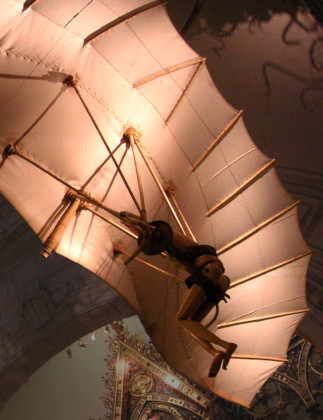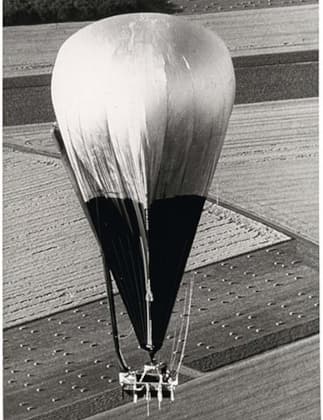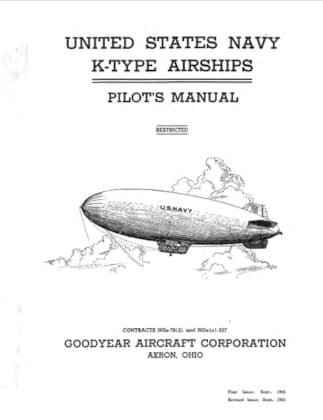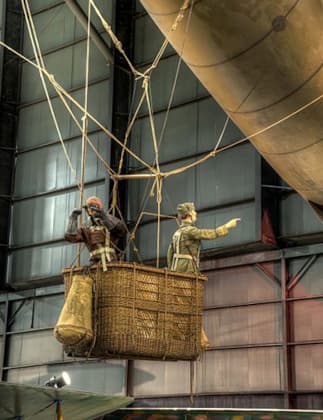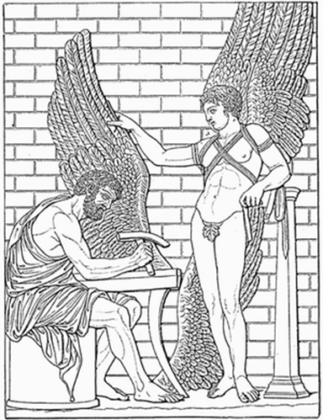Heavier than Air Flight to the Dawn of the 20th Century
Our story begins on a day in 1801. When French military officer André Guillaume Resnier de Goué achieved a downhill glide of 985 feet, while waving wire wings covered over with waxed silky material, and breaking his leg when coming down to earth.
Some thirty years later, French mathematician and brigadier general Isidore Didion remarked, ‘Aviation will be successful only if one finds an engine whose ratio with the weight of the device to be supported will be larger than...
The First Heavier Than Air Flying Machines
We can’t say exactly when a new way of thinking invoked thoughts of heavier-than-air flight. However, we believe someone, somewhere took a second look at Leonardo da Vinci’s imaginative drawings, and wondered what if they could make one of them actually fly.
Discovery of the Laws of Motion
This would not have been possible but for centuries of innovative thought in the era following the middle ages where superstition and dogma prevailed.
Of course, this was not a consolidated movement. Indeed, much...
From 1945 to 1999 – A Quieter Period for Airships
The major fighting powers, with the exception of the United States had largely abandoned the idea of airships as weapons by the time the conflict ended. However, the part they played in observation flowed naturally into civilian life, for example advertising, sightseeing, surveillance, research and promotion.
Russia had completed its second airship in later 1944. This was a Probeda (Victory) Class used for clearing wrecks and mines in the Black Sea. It also commissioned the W-12bis Patriot in 1947, and...
Airships in World War II – A Decidedly American Affair
America was the only nation to deploy airships during World War II. It used their long range and stable platforms to patrol over three million square miles of Pacific, Atlantic, and Mediterranean waters.
The US deployed its airships for minesweeping, search and rescue, photographic reconnaissance, scouting, escorting convoys, and anti-submarine patrols. They also escorted military and civilian ships, of which only one was lost to military action.
However, America, the United Kingdom, and Japan all used blimp barrage balloons which dangled...
AIRSHIPS BETWEEN THE WARS Lighter than Air Ships Between World Wars
The Japanese Navy established its own Naval Aeronautics Research Association in 1912. It developed an interest in airships during World War 1, especially after witnessing the effectiveness of German Zeppelins in naval battles.
It received one Zeppelin dirigible as part of German World War 1 reparations. This was one of their naval ‘super zeppelin class’ L37 (LZ 75). However, the Japanese were not interested in taking airship technology further at that time. Although they did retain a few engines, gas...
AIRSHIPS IN WORLD WAR 1 The Airship at War: 1914 – 1918
Europe entered World War One poorly prepared, despite the warning signs conflict was looming. Germany alone had developed large, powerful dirigibles capable of carrying and delivering payloads.
Britain’s cities in the South of England were obvious targets, with few military aircraft and only rudimentary anti-aircraft guns to defend against attacks from the sky above. The impact on the civilian population was terrifying. In hindsight it’s hard to imagine how the government allowed such a strategic gap to open up.
Germany Had...
AIRSHIPS BEFORE 1884 The Challenge of Lighter than Air Flight (BALLOONS)
Kites were the beginning of the history of flight. However, they could not compare with birds, because they were tethered by a piece of string, or lost forever in a gust of wind. They also had severe limitations in terms of bulk and weight.
There had to be a better way, and humankind’s ingenuity would find it in balloons. However, these were also subjects of the wind when flying free. Brave pioneers imagined using oars and sails, and even flocks...
Principles of Flight – Weight, Lift, Thrust, and Drag
The history of flight is a record how humankind defied Earth’s gravity, and more recently escaped it. Four factors have consistently been at play. Those who failed to control these have sometimes paid with their lives, or at least their aircraft.
Our understanding of flight history will be greatly enriched by understanding the dynamics of flight. We will be able to sense the particular challenges each step forward faced, and mostly conquered.
Up In the Air – The Four Factors that...
Oh to Fly as Free as a Bird on a Wing
Our ancestors dreamed of flying as free as birds, from at least as far back as writing began. Renaissance genius Leonardo da Vinci wrote “I have always felt it is my destiny to build a machine that would allow man to fly”.
After he flew nonstop from New York to Paris arriving May 21 1927, Charles Lindbergh wrote “It is the greatest shot of adrenaline to be doing what you have wanted to do so badly. You almost feel like...
Were Kites the Birthplace of Flight in China?
Our imagination takes off as we watch leaves scurrying in the wind, as one takes off and glides a distance. We glance up at a bird lifting in the breeze. Humankind has achieved so many things. Why can we not soar into the air too?
The First Flying Machine Painted on a Wall
The ancients surely pondered over this a long while ago. They would have experimented with different ways to harness leaves, before an artist painted a picture of a...




